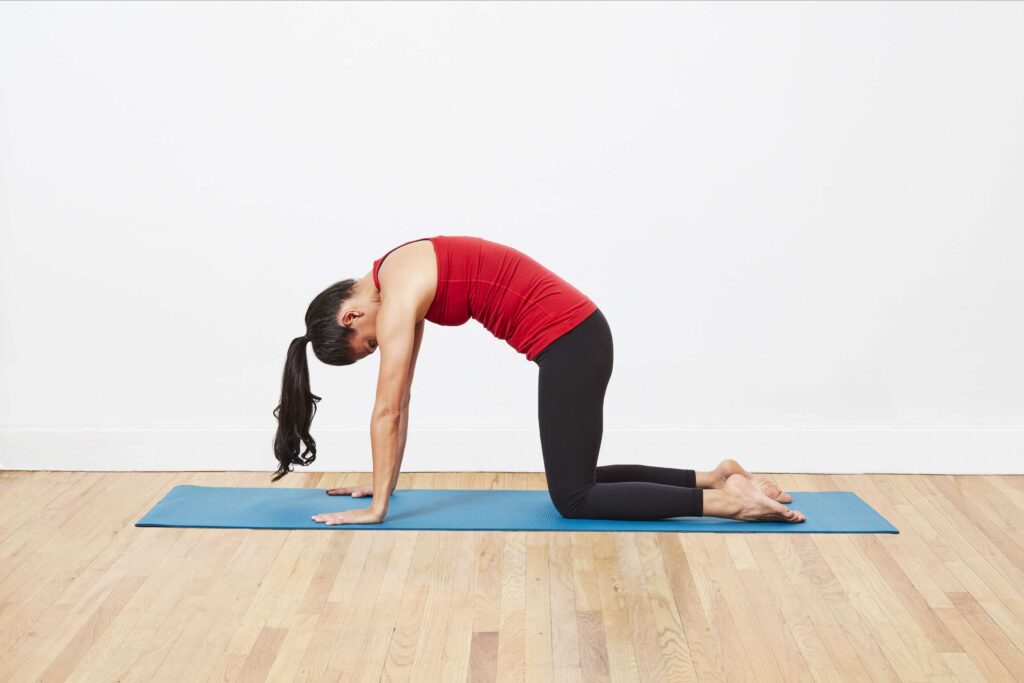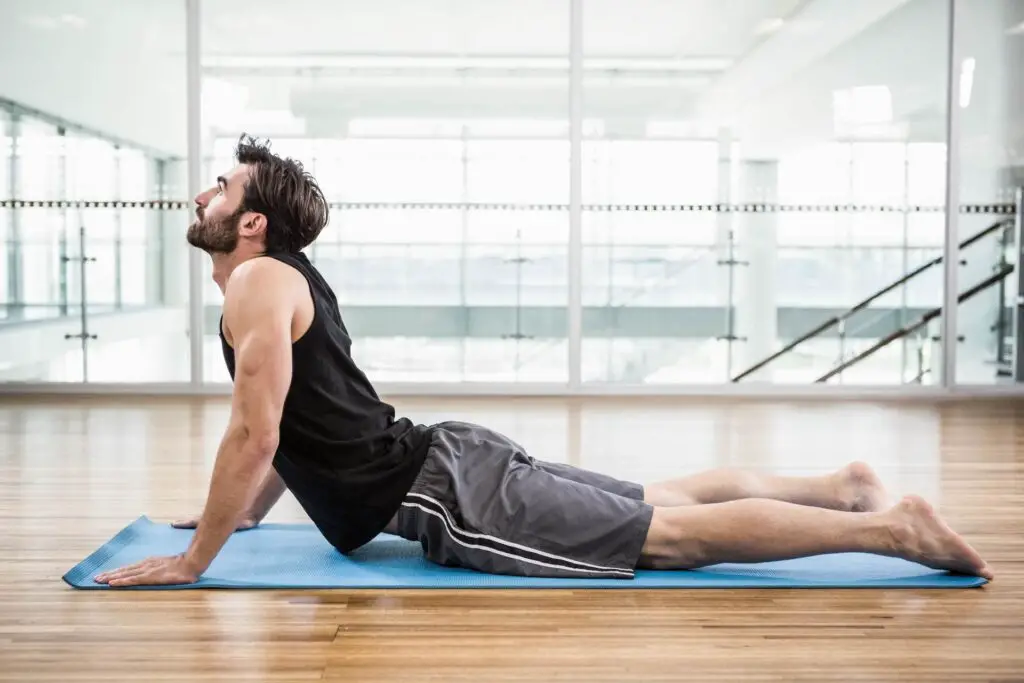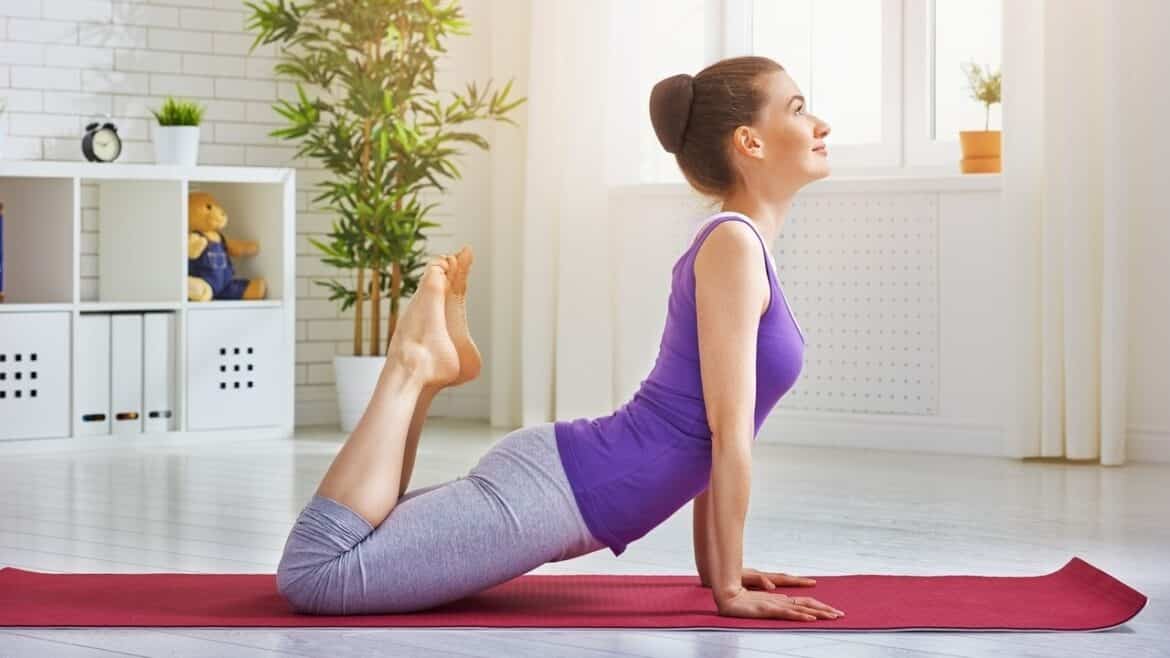Introduction
Does Pilates Help Back Pain: Back pain is a prevalent and often debilitating condition that affects people of all ages and backgrounds. Whether it’s caused by poor posture, muscle imbalances, injury, or a sedentary lifestyle, finding effective ways to alleviate and prevent back pain is a top priority for many individuals. One increasingly popular and widely recognized method for addressing back pain is Pilates. Developed by Joseph Pilates in the early 20th century, Pilates is a holistic exercise system that focuses on improving core strength, flexibility, and overall body awareness. Over the years, it has gained recognition as an effective approach to managing and even preventing back pain. In this article, we will explore the relationship between Pilates and back pain relief, examining how this exercise method can contribute to a healthier, pain-free back.
Pilates places a strong emphasis on developing core strength. A strong core, which includes muscles in the abdomen, lower back, and pelvis, helps to support and stabilize the spine. By strengthening these muscles, Pilates helps reduce the strain on the back and promotes better posture, ultimately reducing the risk of back pain.
Poor posture is a common contributor to back pain. Pilates exercises often incorporate techniques to enhance body awareness and encourage better posture.
Through controlled movements and exercises that emphasize alignment, Pilates can retrain the body to maintain a more natural and supportive posture, reducing the likelihood of back pain caused by slouching or misalignment. Many Pilates exercises are designed to improve flexibility and mobility in the spine, hips, and shoulders. Increased flexibility can alleviate muscle tension and reduce the risk of developing muscular imbalances that can lead to back pain.

Is Pilates good for back pain?
More research is needed, but there is some evidence to suggest that pilates can be helpful for people who have lower back pain. This 29-minute class focuses on improving the strength and flexibility of muscles that support the back.
The Benefits of Pilates for Back Pain
Strengthening Core Muscles: One of the main causes of back pain is weak core muscles. Pilates targets the muscles in the abdomen, lower back, and pelvic region, helping to build strength and stability in the core. A strong core provides better support for the spine, reducing the risk of back pain.
Improved Posture: Poor posture is often a contributing factor to back pain. Pilates exercises emphasize proper alignment and body awareness, helping individuals develop better posture habits. By maintaining good posture, the spine is less likely to experience strain and discomfort.
Increased Flexibility: Tight muscles can contribute to back pain. Pilates incorporates stretches and flexibility exercises that help release tension in the muscles surrounding the spine, promoting better spinal mobility and reducing the risk of pain.
Enhanced Body Awareness: Pilates encourages participants to connect with their bodies, promoting better awareness of movement patterns and muscle imbalances. This awareness can help individuals identify and correct habits that may lead to back pain.
Low-Impact Exercise: Pilates is a low-impact form of exercise, making it suitable for individuals of various fitness levels and ages. It is gentle on the joints, reducing the risk of aggravating existing back pain or causing new injuries.
Is Pilates or yoga better for back pain?
Ultimately, the choice between yoga and Pilates for reducing back pain may be personal preference. If you’d rather mix your physical healing with a spiritual experience and breathwork, yoga may be for you. But if staying in the physical realm with your exercise routine sounds more palatable, consider Pilates.
Pilates for Back Pain
Core Strengthening: Pilates places a strong emphasis on strengthening the core muscles, including those in the abdomen, lower back, and pelvic region. A strong core provides better support for the spine, reducing the risk of back pain.
Postural Improvement: Pilates exercises promote proper alignment and body awareness, which can help individuals correct poor posture habits that contribute to back pain.
Controlled Movements: Pilates exercises are precise and controlled, reducing the risk of strain or injury. This makes it a safe choice for individuals with back issues.
Low Impact: Pilates is a low-impact form of exercise, making it gentle on the joints and suitable for individuals with back pain or other physical limitations.
Focus on Breath: Pilates incorporates breath control techniques that can help reduce stress and tension, which are often contributors to back pain.
What is the best exercise for back pain?
Walking, swimming, and biking may all help reduce back pain. Start with short sessions and build up over time. If your back is hurting, try swimming, where the water supports your body. Avoid any strokes that twist your body.
Partial Crunches
Lie on your back with your knees bent and feet flat on the floor.
Cross your arms over your chest or place your hands behind your head.
Tighten your core muscles and lift your shoulders off the ground a few inches.
Lower your shoulders back down and repeat.
Swimming
Swimming is a low-impact aerobic exercise that engages the entire body, including the back muscles. It promotes muscle balance and flexibility while providing cardiovascular benefits. Consider incorporating swimming into your routine if you have access to a pool.
Walking
Simple, low-impact activities like walking can help maintain overall spinal health. A regular walking routine can improve posture, reduce stiffness, and promote circulation, which aids in the healing process.
How long does it take for Pilates to help back pain?
Give yourself at least four to six weeks to feel the results. Note that these workouts don’t have to be grueling hour-long sessions at a studio or physical therapy office. Even a short series of simple exercises and stretches, done consistently, can create lasting improvement.
Severity and Duration of Back Pain
The time it takes to experience relief from back pain through Pilates can be influenced by the severity and duration of the pain. Individuals with mild or acute back pain may notice improvement more quickly, often within a few weeks of consistent Pilates practice. Conversely, chronic or severe back pain may require several months of dedicated effort to see noticeable results.
Frequency and Consistency
Consistency is key when it comes to using Pilates for back pain relief. Practicing Pilates sporadically or irregularly is less likely to produce significant benefits. To maximize the effectiveness of Pilates, aim for regular sessions, ideally 2-3 times per week. Over time, this consistent effort can lead to gradual improvements in back pain.
Individual Differences
Each person’s body responds differently to exercise, and the effectiveness of Pilates for back pain can vary based on individual factors such as age, fitness level, and underlying medical conditions. Some individuals may experience rapid improvements, while others may require more time.
Proper Technique and Instruction
To achieve the best results, it’s essential to perform Pilates exercises with proper technique and form. Working with a certified Pilates instructor or physical therapist can ensure that you are using the correct alignment and movements tailored to your specific needs. A skilled instructor can also provide guidance on modifying exercises to accommodate any limitations or pain you may be experiencing.
Can I do planks with lower back pain?
Crooks, “it’s a great exercise because it works all the parts of your core, but if you already have back pain or perform it improperly, the plank can actually aggravate your back.” If you feel any strain at all, it’s best to play it safe. Full planks can be a very intense workout, and Dr.
Consult a Healthcare Professional
Before starting any exercise program, especially if you have a history of lower back pain, it’s crucial to consult with a healthcare professional or physical therapist. They can assess your condition, determine the cause of your lower back pain, and provide guidance on whether planks are suitable for you.
Identify the Cause of Your Lower Back Pain
Lower back pain can have various causes, such as muscle strain, herniated discs, spinal stenosis, or underlying medical conditions. Understanding the specific cause of your pain is essential for making an informed decision about whether to include planks in your workout routine. Some conditions may benefit from core strengthening exercises like planks, while others may require more targeted approaches.
Listen to Your Body
Pay close attention to how your body responds during planks. If you experience pain or discomfort in your lower back, stop the exercise immediately. It’s crucial to prioritize your safety and well-being over pushing through discomfort.
Gradual Progression
If you can perform planks with proper form and without pain, consider gradually increasing the duration or intensity of the exercise. However, do so cautiously and incrementally to avoid overexertion or injury.
How should I sit with lower back pain?
Sit with a back support (such as a rolled-up towel) at the curve of your back. Keep your hips and knees at a right angle. (Use a foot rest or stool if necessary.) Your legs should not be crossed and your feet should be flat on the floor.
Choose the Right Chair
Selecting an ergonomic chair with lumbar support can make a significant difference in managing lower back pain. Look for a chair that provides adequate support for your lower back’s natural curve. If you don’t have an ergonomic chair, consider using a lumbar roll or cushion to provide extra support.
Maintain Proper Chair Height
Ensure that your chair is adjusted to the right height so that your feet are flat on the floor, and your knees are at a 90-degree angle. Your hips should be slightly higher than your knees when sitting. If necessary, use a footrest to achieve this position.
Sit Back in the Chair
When sitting, make sure to sit all the way back in the chair, with your back against the chair’s backrest. Avoid perching on the edge of the chair, as this can lead to poor posture and increased pressure on the lower back.
Keep Your Feet Flat
Place your feet flat on the floor, hip-width apart. If your feet don’t reach the ground comfortably, use a footrest or a stack of books to support them. This helps distribute your weight evenly and reduces pressure on the lower back.
Is physiotherapy good for back pain?
Physiotherapy is a treatment that helps to improve the movement and function of joints and muscles. It can help to reduce back pain and get you get moving normally again. It can also help to reduce the risk of hurting your back again. Physiotherapists use many treatments and techniques to help with back pain.
The Role of Physiotherapy
Pain Management: Physiotherapists use various modalities such as heat, ice, ultrasound, and electrical stimulation to alleviate pain and reduce inflammation. Manual therapy techniques, including massage and joint mobilization, can also provide immediate relief.
Exercises and Stretching: Physiotherapists develop personalized exercise programs to strengthen the muscles that support the spine. These exercises improve posture, flexibility, and core stability, which can alleviate back pain and reduce the risk of recurrence.
Education and Posture Correction: Physiotherapists educate patients about proper body mechanics and ergonomics. Learning to sit, stand, and move correctly can reduce strain on the back and prevent future episodes of pain.
Manual Therapy: Hands-on techniques like spinal manipulation and mobilization can help improve spinal alignment and relieve pressure on nerves and discs. This can be particularly effective for conditions like herniated discs.
Rehabilitation: For individuals recovering from surgery or severe injuries, physiotherapy plays a crucial role in the rehabilitation process. It helps restore strength, mobility, and function gradually.
Is touching your toes good for lower back pain?
Pressure on Spinal Discs
Bending forward and putting too much pressure on the spine, like with toe touch exercises, can further aggravate damaged spinal discs and negatively impact their ability to support the spinal discs in your lower back.
The Role of Flexibility Exercises
Stretching Muscles: Toe touching stretches the muscles of the lower back, hamstrings, and glutes. These stretches can help alleviate muscle tension and tightness, which are often contributing factors to lower back pain.
Improved Range of Motion: Regularly incorporating flexibility exercises can improve your range of motion. This means that you’ll have a greater ability to move your spine and lower back joints freely, reducing the likelihood of stiffness and discomfort.
Enhanced Posture: Flexibility exercises promote better posture by encouraging good alignment of the spine. Poor posture is a common cause of lower back pain, and toe touching can help correct imbalances.
Stress Reduction: Lower back pain is often exacerbated by stress and tension. Engaging in flexibility exercises like toe touching can be a relaxing and meditative practice that reduces stress levels, which can indirectly alleviate lower back pain.
Prevention: Regular flexibility exercises can help prevent future episodes of lower back pain by maintaining flexibility and strength in the muscles that support the spine.

Conclusion
Pilates can be a valuable tool in the management and prevention of back pain. Its holistic approach to strengthening the core, improving posture, enhancing flexibility, and fostering a mind-body connection can contribute significantly to reducing and alleviating back discomfort. By targeting the root causes of back pain and promoting overall spinal health, Pilates offers a promising avenue for those seeking relief.
However, it’s important to recognize that Pilates should not be considered a standalone cure for all types of back pain. The effectiveness of Pilates can vary from person to person, depending on the specific nature and severity of the back condition. Therefore, it’s crucial to consult with a healthcare professional or a certified Pilates instructor before embarking on a Pilates program, particularly if you have existing back issues or medical concerns.
Incorporating Pilates into a broader strategy for backpain management, which may include medical treatments, physical therapy, and lifestyle modifications, can enhance overall well-being and quality of life. By combining the benefits of Pilates with a comprehensive approach to back care, individuals can work towards a healthier, pain-free back and a more active, fulfilling life.

